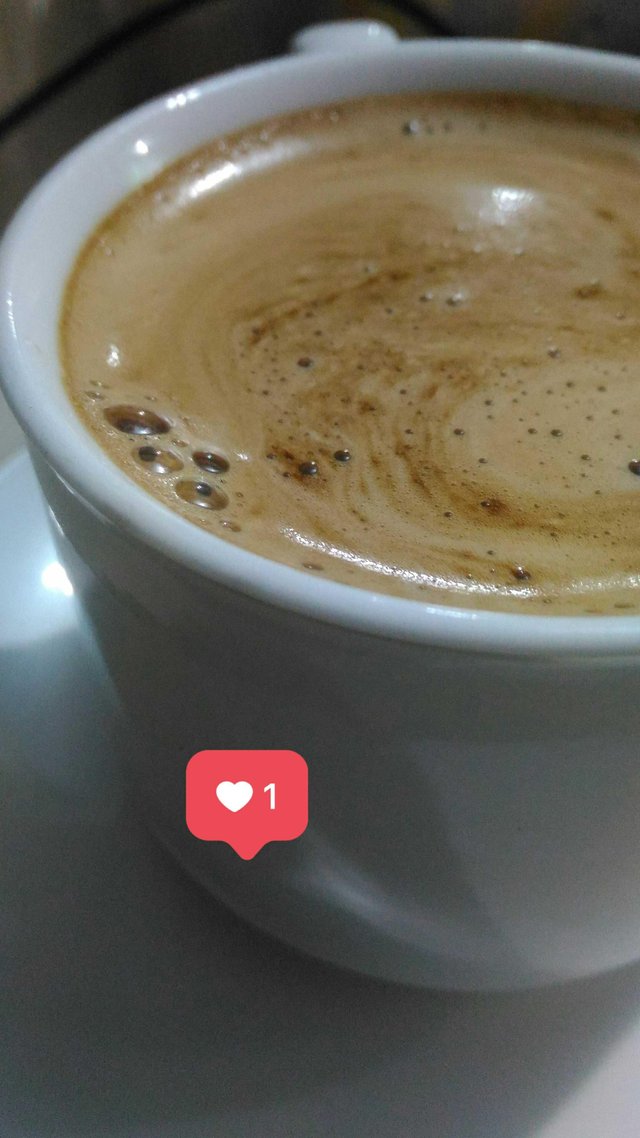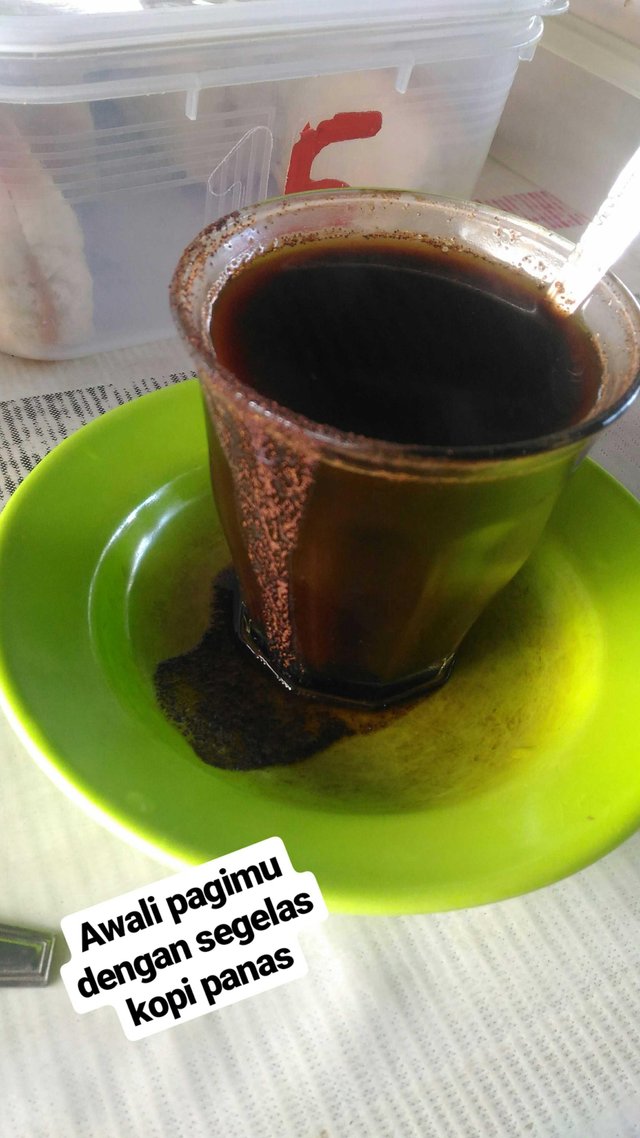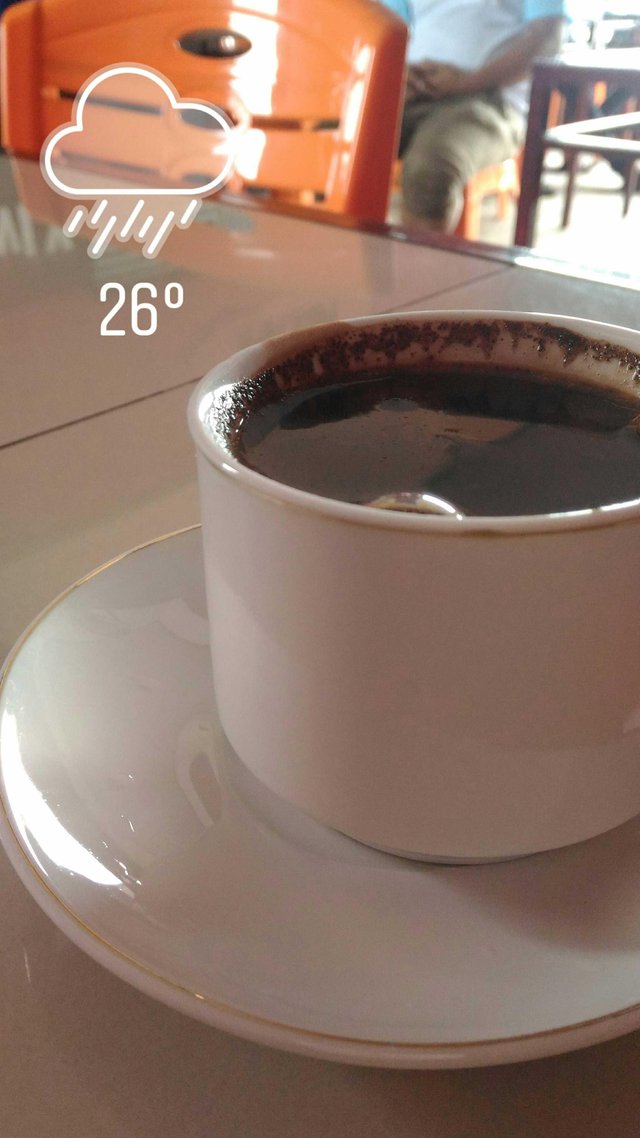The taste of coffee
 When we taste the coffee will feel the acidity in the coffee is fresh, piercing, sharp, but fit once to be enjoyed. That means your coffee cicicpi is a type of Arabica coffee. The enjoyment of Arabica coffee taste is natural in after taste. In contrast, Robusta coffee will taste bitter because it is produced from the grill, coffee beans are rough in taste, high in caffeine, also high in chlorogenic acid that is not good for the stomach.
When we taste the coffee will feel the acidity in the coffee is fresh, piercing, sharp, but fit once to be enjoyed. That means your coffee cicicpi is a type of Arabica coffee. The enjoyment of Arabica coffee taste is natural in after taste. In contrast, Robusta coffee will taste bitter because it is produced from the grill, coffee beans are rough in taste, high in caffeine, also high in chlorogenic acid that is not good for the stomach.
The taste of coffee is so important that a panelist will act as a taster. The taster cup must be sensitive as well as consistent, its sensitivity includes recognizing sensitivity, differentiating sensitivity and comparing sensitivity. Cup taster will do an activity called Cupping, considering the quality of coffee will be assessed after roasted and ground coffee. After that, the assessment was done when the coffee is brewed. The smell of coffee that appears will vary depending on the origin of the coffee. This coffee taste test is done sensuously, through aroma and taste. The flavors that appear are very important, especially in the specialist segment.
Coffee cupping was originally pioneered by Clarence E. Bickford of San Francisco (USA) in the mid-late 19th century. The method is growing and being refined. If you have become an experienced cup taster, then you can know the difference between the taste of coffee from the producing area through a simple way that is by smelling the aroma and feel the steeping of coffee. That's because when you cupping there is a series of stages that end with a sensory evaluation using olfaksi, gustasi, and sensation in the oral cavity (mouth feel).  Taste Test Component
Taste Test Component
In general, the main flavors in coffee are fragrance, aroma, flavor, body, acidity, bitterness, and sweetness sweet). While other indicators to assess the flavor is the balance of taste, taste cleanliness, and uniformity of taste. Then in particular, the taste is determined from:
Aroma
Fragrance (smell of coffee when it is dry) and the smell (smell of coffee when brewed with hot water) is an aspect of the scent that can be assessed through the following stages: Kissing different powdered coffee in a bowl before being poured with water, smelling the aroma when stirring the surface coffee steeping, and smell the aroma of coffee when the coffee is late.
Flavor
Flavor shows special properties that are a combination of aroma, acidity and after taste. Flavor is felt on the tongue at once on the nose when the vapor aroma flows from mouth to nose. Flavor will determine the value on quality and complexity.
After taste
After taste is the long survival of a positive flavor (flavor and aroma) that comes from the ceiling of the back of the mouth and survives after the coffee is removed or swallowed. If the immediate after taste is lost and uncomfortable then given a low value.
Acidity
Acidity is often described as a good sour taste, or sour if it does not taste good. Good acidity will taste sweet like the fresh fruit flavor that immediately felt when the coffee is sipped. Conversely the overly dominant acidity is categorized as uncomfortable. High acidity as in Kenyan coffee and low acidity like Sumatran coffee is usually a reference to cup tasters.
Body
Body is the taste when coffee enters the mouth especially between the tongue and the palate. Usually a thick body gets a high score. But a lightweight body can also have a good taste in the mouth. Coffee that has a thick body like Sumatran coffee or coffee that has a light body like Mexican coffee is also a reference although different.
Balance
All aspects of flavor, after taste, acidity, balanced body is called balance. If the lack of any one aspect or excessive will result in reduced balance.
Sweetness
Coffee contains carbohydrates so that will arise a pleasant sense of fun. The opposite of sweet in this context is sour, astringent or raw. Sweetness differs from the flavor of sucrose found in soft drinks.
Clean cup
In assessing Clean Cup need to pay attention to the cupping stage from the beginning. If there is no negative value of taste until after taste it will get the value, otherwise coffee that has no flavor and aroma will be removed.
Uniformity
The presence of uniformity of aroma from every bowl.
Overall
An assessment that reflects the overall aspect above. If coffee has the expected criteria and has a distinctive aroma will be rated high.
Defects
Negative or defective scents that reduce the quality of coffee such as Taint or polluted odor and Fault or unpleasant taste.Taste Test Component
 ProceduresforTasteTest
ProceduresforTasteTest
Prepare the coffee beans that have been diroasting secukupya and weigh as much as 8.25 grams, the input into each cupping cup. Grind coffee beans using Grinder. Then do pembekaman / pembauan to get the aroma of coffee. Brew the coffee with 150 ml boiling water and let stand for a moment until the water temperature reaches 93 ° C and leave for 4-5 minutes. Stir the surface of the coffee while closing the nose to the cupping cup to get the aroma / break. Clean the froth on the surface using two spoons. After the coffee temperature reaches 73˚C -78 ˚C then the coffee is ready to be analyzed / assessed by way of sip. Coffee will be assessed as a whole including fragrace / flavor, flavor, aftertaste, acidity, body, balance, uniformity, sweetness, clean cup, overall and defect if any.
According to Kenneth Davids, coffee lovers should know the taste of coffee and continue to practice cupping to distinguish the quality of specialty coffee from various regions in Indonesia. In addition Kenneth Davids assures that repetitive cupping exercises will be fun and fulfilling.
To determine the quality of coffee, Coffeeland Indonesia provides barista training which includes test taste or cupping. The training is included in the business opportunity package of Mini Cafe, Coffee Shop and Coffee House. In addition you can also practice yourself by comparing the taste of coffee from different roasting and grinder processes. Distinguishing coffee quality can also be done with various cupping experiments using specialty coffee from various regions in Indonesia, for example Gayo, Flores, Toraja, Bali Kintamani, Blue Korintji, Malabar, Mandheling, and Java.
Ka jiek si sen... ka na raseuki bacut.
Kana raseki bacut bg, daripada hana, thanks that bg beuh kaleuh neukomen lom